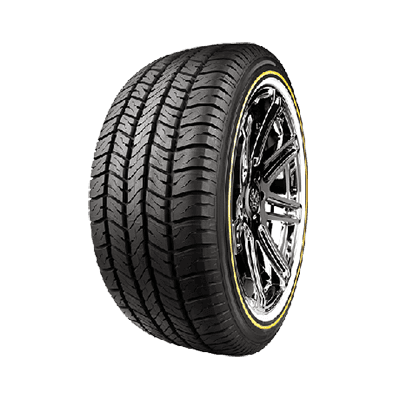
Nov . 10, 2024 05:22
Back to list
Understanding the Function and Importance of Safety Relief Valves in Pressure Systems
Understanding Safety Relief Valves A Critical Component in Pressure Management
Safety relief valves (SRVs) are integral components in various industrial systems, designed to protect equipment and personnel from the hazards associated with excessive pressure. When pressure levels exceed predetermined limits, these valves open automatically to release substances, thereby maintaining safe operating conditions. This article delves into the importance, mechanisms, types, applications, and maintenance of safety relief valves, highlighting their crucial role in pressure management.
Importance of Safety Relief Valves
In many industries, including oil and gas, chemical manufacturing, and power generation, machinery and vessels must operate under high pressure. While these conditions can optimize performance and productivity, they also pose significant risks. Without adequate pressure relief mechanisms, overpressure scenarios could lead to catastrophic failures, resulting in explosions, equipment damage, and even loss of life. Safety relief valves serve as a first line of defense, preventing such incidents by ensuring that pressure levels remain within safe limits.
Mechanism of Action
Safety relief valves function by utilizing a spring-loaded design that is calibrated to respond to specific pressure thresholds. When the internal pressure in a vessel or line reaches a set point, the force exerted by the fluid against the valve’s disc overcomes the spring’s resistance, causing the valve to open. This action allows the excess pressure to be vented safely to the atmosphere or redirected to a safe discharge location. Once the pressure drops back to acceptable levels, the valve closes automatically, resuming normal operations. This reliable action prevents the system from reaching a critical failure point.
Types of Safety Relief Valves
There are several types of safety relief valves, each suited for different applications. The most common types include
1. Spring-loaded valves These are the most widely used and are characterized by a spring mechanism that holds the valve closed until a specific pressure is reached. 2. Pilot-operated valves These valves utilize a smaller pilot valve that controls a larger main valve, offering enhanced performance for high-capacity applications.
safety relief valve

3. Dead-weight valves In these valves, weights are used to counterbalance the pressure exerted by the fluid, providing precise control at specific pressure settings.
4. Differential pressure valves Designed to operate based on the difference between two pressure points, these valves are ideal for applications requiring fine pressure management.
Each type has distinct operational characteristics, making it essential for engineers to select the appropriate SRV for specific needs.
Applications of Safety Relief Valves
Safety relief valves are pivotal in a variety of industries. In the petroleum sector, they protect pipelines, storage tanks, and processing units from pressure surges caused by thermal expansion or pump malfunctions. In the chemical industry, SRVs maintain safe operating conditions in reactors and distillation columns. Power plants utilize these valves to safeguard boilers and turbines from pressure spikes that could lead to dangerous situations. Moreover, safety relief valves are also commonly found in HVAC systems, compressors, and marine applications, reflecting their versatility in addressing pressure control.
Maintenance and Testing
Proper maintenance and periodic testing of safety relief valves are critical to ensuring their reliability and effectiveness. Regular inspections should include checking the valve for signs of corrosion, leaks, or mechanical wear. Routine functional testing, including a “pop test” to confirm that the valve opens at the designated pressure, is also essential. Most manufacturers recommend that safety relief valves be tested at least once a year and that they be replaced or rebuilt as necessary to avoid degradation over time.
Conclusion
In conclusion, safety relief valves are indispensable in modern industrial operations, safeguarding against the dangers of excessive pressure. Their design and functionality not only protect equipment but also ensure the safety of personnel and the environment. By understanding the importance and operational mechanisms of safety relief valves, industries can effectively implement pressure management strategies that enhance productivity while minimizing risks. Regular maintenance and adherence to safety standards will further guarantee reliable performance, ultimately contributing to safer work environments and operational excellence.
Latest news
-
Safety Valve Spring-Loaded Design Overpressure ProtectionNewsJul.25,2025
-
Precision Voltage Regulator AC5 Accuracy Grade PerformanceNewsJul.25,2025
-
Natural Gas Pressure Regulating Skid Industrial Pipeline ApplicationsNewsJul.25,2025
-
Natural Gas Filter Stainless Steel Mesh Element DesignNewsJul.25,2025
-
Gas Pressure Regulator Valve Direct-Acting Spring-Loaded DesignNewsJul.25,2025
-
Decompression Equipment Multi-Stage Heat Exchange System DesignNewsJul.25,2025

